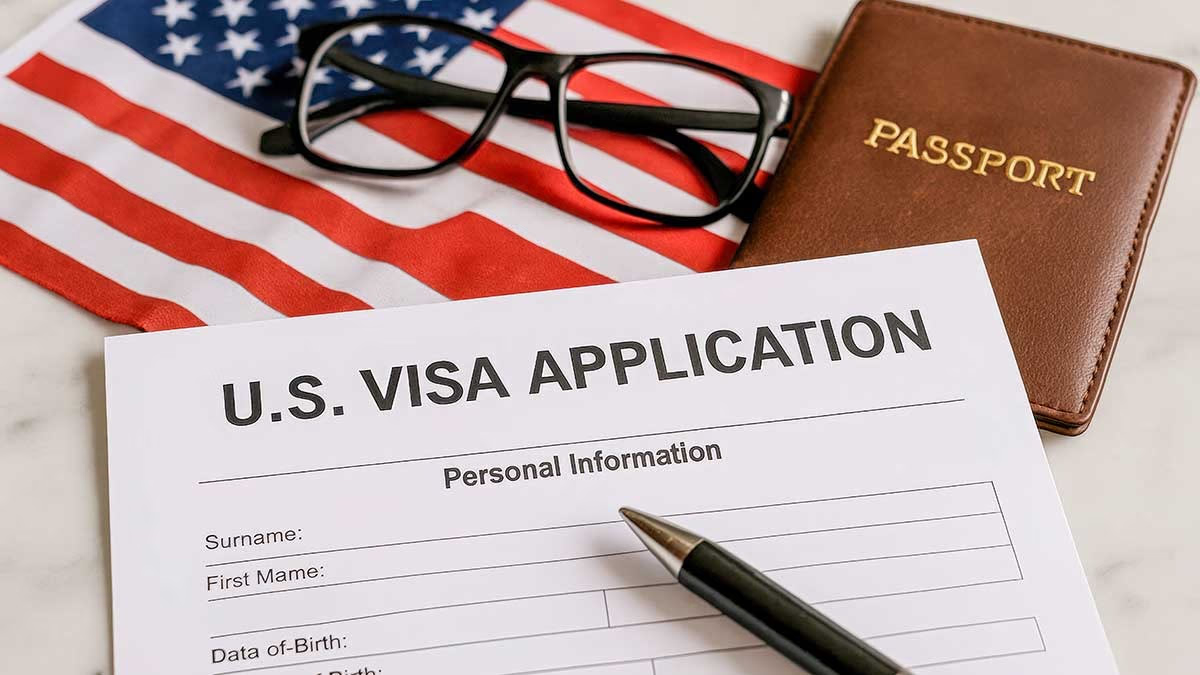The American dream continues to beckon Indian-origin individuals, positioning them as the second-largest immigrant group in the United States.
An illuminating Congressional report revealed that over 969,000 foreigners were granted US citizenship in 2022, with the highest number—128,878—originating from Mexico, followed closely by Indian nationals. A staggering 65,960 Indians were naturalized as American citizens last year.
By the close of 2023, a total of 2,831,330 foreign nationals from India were residing in the US, second only to the 10.6 million of Mexican origin, highlighting the robust Indian presence. The Chinese-origin American population stood at 2.225 million.
The US Citizenship and Immigration Services (USCIS) reported that, in the past year, 870,000 foreign nationals had embraced American citizenship, with more than 110,000 hailing from Mexico. A noteworthy 59,100 Indian individuals also joined the ranks of American citizens, followed by 44,800 Filipinos and 35,200 from the Dominican Republic.
By year's end, over 290,000 Indian-origin individuals held the coveted green card, a stepping stone to easier naturalization, though the pathway often involves an extended waiting period.
To obtain a green card, formal legislation stipulates quotas per country. Last October, it was reported that an estimated 1.1 million Indians were awaiting their chance at a green card.
Securing US citizenship is a formidable process guided by strict criteria outlined in the Immigration and Nationality Act (INA).
For a foreign national to qualify, they must reside as a lawful permanent resident in the US for at least five years. Those married to US citizens are required to maintain such status for three years.
In 2023, the majority of new American citizens had lived as lawful permanent residents for five years, with the next highest cohort being those who had done so for three years. Additionally, those serving in the military may receive certain concessions.




